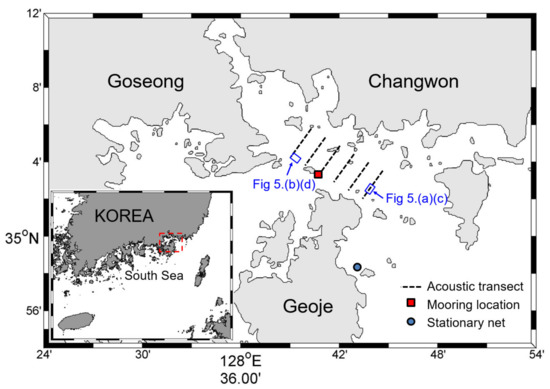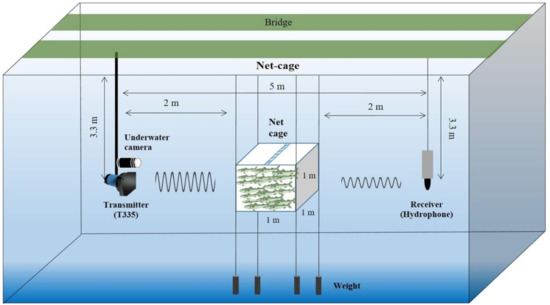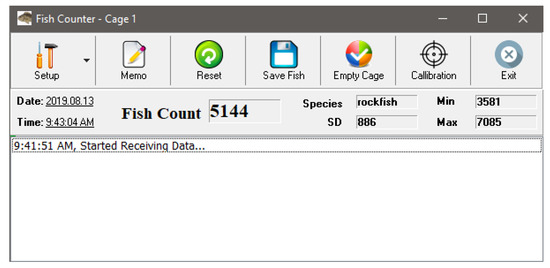Fishery Acoustics
A topical collection in Applied Sciences (ISSN 2076-3417). This collection belongs to the section "Acoustics and Vibrations".
Viewed by 7970Editor
Interests: interdisciplinary engineering; wireless communications; underwater communications and networks; acoustic system design
Special Issues, Collections and Topics in MDPI journals
Topical Collection Information
Dear Colleagues,
The fishery acoustics discipline covers a wide range of research and practical application topics using acoustical devices as sensors in aquatic and ocean environments. Underwater acoustic techniques can be applied to sensing aquatic animals, zooplankton, fish and physical and biological habitat characteristics for biomass estimation and stock assessment.
As a means for fishery acoustics, information and communication technologies (ICT) have brought various useful tools and services, enabling another ICT-based industrial revolution for the last few decades. Subsequently, underwater acoustics and their aquaculture applications have been widely investigated, including information processing and intelligent signal processing techniques over the underwater acoustic channel.
Fishery acoustics compose a well-defined scientific area physically and theoretically for information of underwater biomass, while information processing and intelligent signal processing engineering complements practical devices, systems for interdisciplinary underwater acoustics. Various tools are emerging from both the underwater acoustic science and fishery engineering fields, and we can fully utilize them. Subsequently, we are expecting a quantum leap in areas of interdisciplinary fishery acoustics, covering stock assessment, aquaculture monitoring system, underwater object monitoring, underwater fishery surveillance, and many more applications for fishery businesses.
This Topical Collection is aimed at providing the fishery acoustics community with scientific tools, novel information-processing algorithms and practical systems. Manuscripts are solicited to address a wide range of topics on principles and applications of fishery acoustics, including, but not limited to, the following:
- Shallow underwater channel modeling and data processing
- Computational ocean dynamics, and moving particle modelling and simulation
- Robust fishery detection/estimation for fish stock assessment
- Intelligent signal processing systems for fishery acoustics
- Emerging aquaculture with the help of information and communications technology
- Fish finding and stock assessment using underwater acoustics
- Information processing and intelligent signal processing techniques for fishery
- Underwater fish tracking and surveillance systems
- Devices and systems for fishery stock assessment
Prof. Dr. Kiseon Kim
Collection Editor
Replated Published SI: https://www.mdpi.com/journal/applsci/special_issues/Fishery_Acoustics
Manuscript Submission Information
Manuscripts should be submitted online at www.mdpi.com by registering and logging in to this website. Once you are registered, click here to go to the submission form. Manuscripts can be submitted until the deadline. All submissions that pass pre-check are peer-reviewed. Accepted papers will be published continuously in the journal (as soon as accepted) and will be listed together on the collection website. Research articles, review articles as well as short communications are invited. For planned papers, a title and short abstract (about 100 words) can be sent to the Editorial Office for announcement on this website.
Submitted manuscripts should not have been published previously, nor be under consideration for publication elsewhere (except conference proceedings papers). All manuscripts are thoroughly refereed through a single-blind peer-review process. A guide for authors and other relevant information for submission of manuscripts is available on the Instructions for Authors page. Applied Sciences is an international peer-reviewed open access semimonthly journal published by MDPI.
Please visit the Instructions for Authors page before submitting a manuscript. The Article Processing Charge (APC) for publication in this open access journal is 2400 CHF (Swiss Francs). Submitted papers should be well formatted and use good English. Authors may use MDPI's English editing service prior to publication or during author revisions.








